 History
History  History
History  Weird Stuff
Weird Stuff 10 Superstitious Beliefs That Once Consumed Entire Cultures
 History
History 10 Bizarre Friendly Fire Incidents in Military History
 Technology
Technology 10 Modern Technologies That Accidentally Imitate Ancient Magic
 Mysteries
Mysteries 10 Mysteries of the Human Genome
 Weird Stuff
Weird Stuff 10 Things So Rare They’ve Only Been Found Once
 History
History 10 Legends Whose Last Moments Undid Their Glory
 Health
Health 10 Futuristic Ideas to Treat Common Medical Problems
 Weird Stuff
Weird Stuff Ten Surreal Attempts to Reverse Baldness
 Facts
Facts 10 U.S. Government Contingency Plans for the Unthinkable
 History
History 10 Odd Things Colonial Americans Kept at Home
 Weird Stuff
Weird Stuff 10 Superstitious Beliefs That Once Consumed Entire Cultures
 History
History 10 Bizarre Friendly Fire Incidents in Military History
Who's Behind Listverse?

Jamie Frater
Head Editor
Jamie founded Listverse due to an insatiable desire to share fascinating, obscure, and bizarre facts. He has been a guest speaker on numerous national radio and television stations and is a five time published author.
More About Us Technology
Technology 10 Modern Technologies That Accidentally Imitate Ancient Magic
 Mysteries
Mysteries 10 Mysteries of the Human Genome
 Weird Stuff
Weird Stuff 10 Things So Rare They’ve Only Been Found Once
 History
History 10 Legends Whose Last Moments Undid Their Glory
 Health
Health 10 Futuristic Ideas to Treat Common Medical Problems
 Weird Stuff
Weird Stuff Ten Surreal Attempts to Reverse Baldness
 Facts
Facts 10 U.S. Government Contingency Plans for the Unthinkable
10 Modern Technologies That Almost Turned Out Differently
Some modern technologies were invented to work or look one way but ended up getting modified. At other times, they were invented for particular purposes but were ultimately used in different ways.
This is true for several of today’s technologies—from our phones to USBs, air conditioners, sirens, and blockchains, which form the backbone of cryptocurrencies like Bitcoin. Most were not invented for the uses they have today. And those that were didn’t end up as intended.
10 The USB Was Supposed To Be Flippable
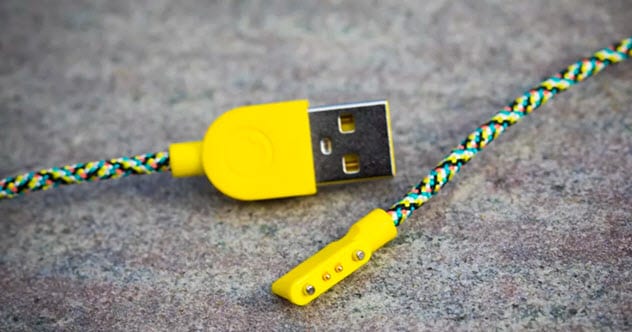
The average person requires 2–3 tries to insert a USB into his computer. Ajay Bhatt, the inventor of the USB, was aware of this problem when he created the USB. He tried to avoid this by making the product flippable. That is, the USB could be inserted either way, the sort of thing we are seeing with USB Type-C.
At the time, Bhatt and his team did not make the USB flippable because it was an unproven technology. Before then, computer and gadget makers built different products to allow users to transfer files between their computers and other external devices. Bhatt wanted to standardize this with the USB.
However, the team was concerned with reducing the prototype production costs because they were uncertain that their product would become mainstream. The USB prototype would have required twice as many wires and circuits if Bhatt and the team had made it flippable. This would have made it more expensive to produce, which is the sort of thing you try to avoid when inventing an unproven technology.[1]
9 The iPhone Was Never Intended To Support Third-Party Apps
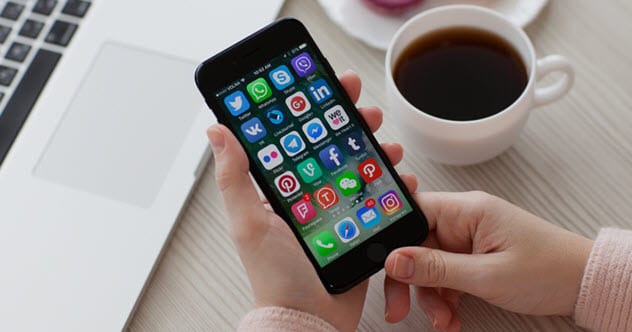
Third-party apps are the mainstay of any mobile operating system today. In fact, they are a major reason that a new mobile OS cannot just arise out of the blue. Mobile phone users requiring an operating system outside Android and iOS will often need to reconsider their decision because most mobile apps are developed for these two operating systems.
Interestingly, we almost didn’t have the App Store. When the first iPhone was released in 2007, Apple only allowed developers to create web apps and not mobile apps. The web apps opened by default in Apple’s Safari browser. However, Apple started to reconsider its decision after developers raised concerns about creating web apps instead of mobile apps.
iPhone users also started to jailbreak their phones as they demanded more functionality, which could only be provided by mobile apps. Steve Jobs initially resisted the attempt to switch to mobile apps, even after several Apple executives saw the change as inevitable. Jobs was concerned about the quality of third-party apps. He later gave in, and the App Store was introduced in 2008.[2]
8 Android Was Invented For Cameras
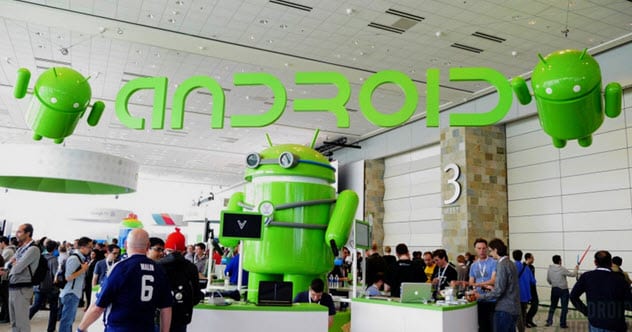
Android would have never been Apple’s rival if its inventors had followed their original plans of creating an operating system for digital cameras. Android was founded in 2003 by a four-man team trying to develop an operating system for digital cameras. The OS would have allowed photographers to connect their cameras to their PCs without any cables or to the cloud where they saved their photos.
The inventors maintained this vision until they started seeking funding from investors in 2004. They realized that the digital camera market was in decline. At the same time, sales of smartphones were going up. So they switched to developing their OS for smartphones. Android was later acquired by Google, which turned it into freeware for smartphone makers.[3]
7 The Microphone Was Supposed To Be A Hearing Aid
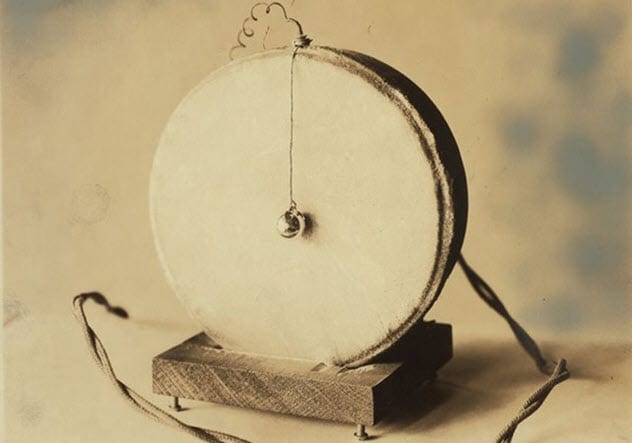
The first microphone was invented by Emile Berliner in 1877. As with many other inventions, Berliner was not the only person working on developing the microphone at the time. In fact, Alexander Graham Bell (the inventor of the telephone) was also working on a microphone and even created a working prototype before Berliner.
However, Bell is not considered the inventor of the microphone because his device was not practical. Interestingly, Bell had a different reason for creating the microphone. While other inventors were probably interested in amplifying sound, Bell was trying to create a hearing aid that increased sound for people with hearing difficulties.
Bell got the idea to create a microphone when he visited his mother, who had hearing problems. He also worked around people with hearing problems. Bell had been involved with the hearing-impaired since he was young. As we mentioned earlier, his mother was partially deaf.
His father, Melville Bell, also invented a writing system called Visible Speech for the deaf. Alexander Graham Bell had worked as a teacher at Pemberton Avenue School for the Deaf in Boston. He later married Mabel Hubbard, who was one of his students at the school.[4]
6 Blockchain Was Invented To Time-Stamp Documents

Most people do not realize that the blockchain—which powers cryptocurrencies like Bitcoin—was invented by Stuart Haber and W. Scott Stornetta in 1991. The duo intended blockchain as a tool for time-stamping documents. However, the elusive Satoshi Nakamoto found other uses for it when he created Bitcoin in the late 2000s.[5]
In their original paper, which was titled “How to time-stamp a digital document,” Haber and Stornetta wrote that the blockchain would not allow users to “back-date or to forward-date [a] document, even with the collusion of a time-stamping service.” They added that it would “maintain complete privacy of the documents themselves, and require no record-keeping by the time-stamping service.”
This is exactly how cryptocurrencies like Bitcoin work. Details about the owners of Bitcoins and their transactions are private even though others can see the transaction, which is the timestamp. Bitcoins are also almost impossible to forge. However, Haber and Stornetta believed that their blockchain would be used to prove that a document existed at a certain time, which is very useful in legal cases.
5 The Siren Was A Musical Instrument
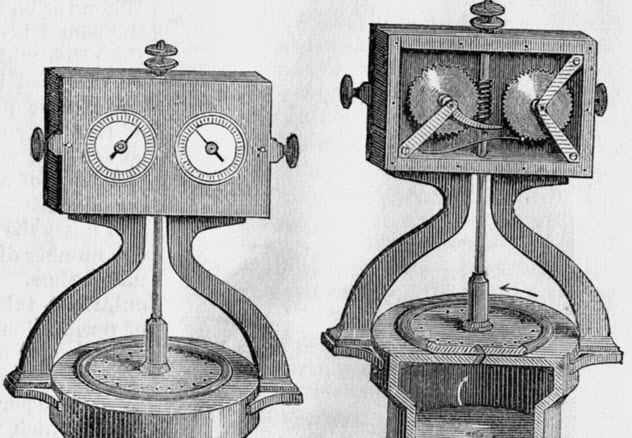
Nowadays, sirens are considered the first sign of incoming danger. However, they were never intended to be warning systems. The modern siren was invented by Scotsman John Robison in 1799. He considered it a musical instrument even though it made the same sound as today’s sirens.
Frenchman Cagniard de la Tour also created a siren in 1819. However, he was only interested in using it for scientific experiments. Tour used his device to measure the average speed of a mosquito wing, the speed of sound underwater, and the frequency of musical notes. However, he noted that the siren could be used as a warning device on ships.
These devices only became warning signals during World War II when the British government used them to alert their people of German attacks. The US extended their use as tornado warnings after a devastating twister caused extensive damage and killed lots of people at Tinker Air Force Base in Oklahoma in 1948. The US government turned to the already-proven siren instead of developing a new tornado warning system.
Curiously, the US government never issued tornado warnings before 1948 even though the authorities had once considered it decades earlier. In 1887, the government determined that tornado warnings were unnecessary over concerns that they could cause more confusion. The use of sirens was extended to warn of nuclear attacks when President Harry Truman passed the Civil Defense Act during the Cold War in 1950.[6]
4 The Ice Machine Was Invented To Cool Hospital Patients
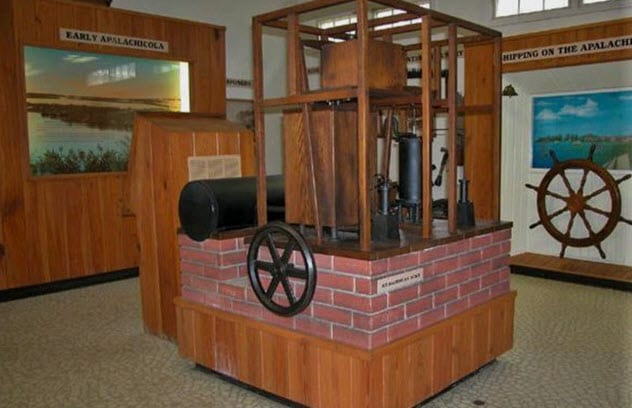
The ice-making machine was a spinoff of the refrigerator, which had been in development for centuries until William Cullen invented the first practical mechanical refrigerator in the 1720s. Several inventors improved on his design. This included Oliver Evans, who designed a refrigerator that used vapor in place of liquid for cooling in 1805.
In 1842, US doctor John Gorrie improved on Cullen’s refrigerator to create an ice machine. Gorrie used the machine to make ice to reduce the body temperatures of the yellow fever patients at the hospital where he worked. He got a patent for his invention in 1851.[7]
3 The First Programmable Robot Was Invented For Die-Casting
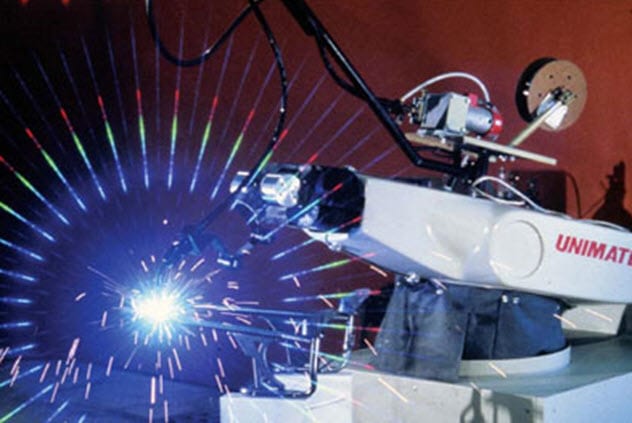
The history of robots goes back centuries. However, the first digital and programmable robot was created by George Devol in 1954. He would later partner with Joseph Engelberger to found the first company dedicated to robotics.
The robot was called Unimate. It was a one-handed industrial robot, the sort used in automotive plants today. However, Unimate was not involved in building vehicles. Instead, it was used for the dangerous job of die-casting—that is, pouring red-hot molten metal into a preset mold.
The first Unimate was installed at a General Motors die-casting plant in New Jersey in 1959. Other automakers and businesses soon got the Unimate to do their die-casting jobs. A few years later, similar one-handed robots were created to do other tasks, including building vehicles from scratch.[8]
2 The Steam Engine Was Invented To Pump Water Out Of Coal Mines

The steam engine was one of the most important inventions of the first industrial revolution. While considered archaic today, it was used to operate everything from factories, machines, mills, airships, trains, and boats a few centuries ago. This occurred even though the first practical steam engine was created to pump water out of coal mines.
The steam engine had been in development for centuries. However, like robots, early steam engines were not feasible to use. The first practical steam engine—which is actually considered a steam-operated machine and not an engine—was developed by Jeronimo de Ayanz in 1606. Ayanz created his steam machine to pump water out of coal mines.
Ayanz’s machine was not very efficient. In 1698, Thomas Savery stepped in to create what is considered the first steam engine. Like Ayanz, Savery developed his machine to pump water out of coal mines. However, his machine was not perfect, either. It could only pump water from shallow mines and was susceptible to exploding without notice.
In 1711, Thomas Newcomen improved on the steam engine to pump water from deep mines. His invention was inefficient even though it worked. In 1765, James Watt improved on Newcomen’s engine to develop an efficient steam engine. Watt’s steam engine soon found use in powering factories and, later, vehicles.[9]
1 The First Air Conditioner Was Intended To Cool A Printing Plant

Willis Carrier invented the first practical air conditioner in 1902. Like the ice machine, the air conditioner was a spin-off of the refrigerator. Prospective inventors of the air conditioner were actually working on refrigerators when they discovered its air conditioning properties.
As mentioned earlier, Gorrie created the ice machine. He later improved it to develop a cooling system that worked like an air conditioner even though it was based on the principle of the refrigerator. However, he is not considered the inventor of the air conditioner because his invention was not practical.[10]
In 1902, executives from Sackett-Wilhelms Lithographing and Publishing Company in Brooklyn, New York, requested a cooling system from Carrier for their factory. The inside of their factory often became humid, which destroyed the colors used for printing. Carrier got to work, and the result is considered the first air conditioner.
Read more about the origins of modern technologies on 10 Forgotten Predecessors Of ‘Modern’ Technologies and 10 Modern Technologies Far Older Than You Think.








